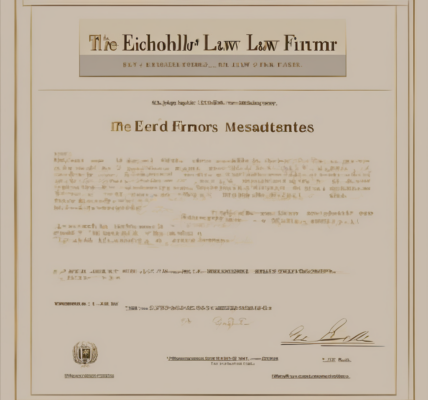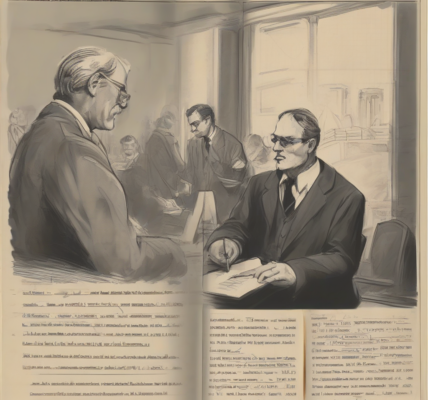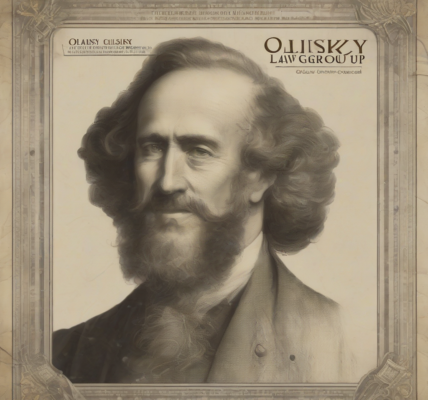Navigating the Complexities of Personal Injury Law: A Comprehensive Guide
Personal injury law is a complex area of the legal system, encompassing a wide range of situations where individuals suffer physical or emotional harm due to the negligence or wrongful actions of another party. Understanding the intricacies of this field is crucial for anyone involved in a personal injury claim, whether as a plaintiff or a defendant.
I. Defining Personal Injury
Personal injury encompasses a broad spectrum of injuries, including but not limited to:
- Physical Injuries: Broken bones, lacerations, burns, traumatic brain injuries, spinal cord injuries, and other physical impairments resulting from accidents.
- Emotional Injuries: Mental anguish, post-traumatic stress disorder (PTSD), anxiety, and depression stemming from a traumatic event.
- Wrongful Death: The death of a loved one due to the negligence or wrongful act of another party. This often involves a separate claim for compensation for the surviving family members.
The key element in personal injury cases is proving that the injury was caused by the negligence or intentional wrongdoing of another party. This requires establishing a clear chain of causation between the defendant’s actions and the plaintiff’s injuries.
II. Proving Negligence
To successfully pursue a personal injury claim, the plaintiff must demonstrate four key elements:
- Duty of Care: The defendant owed a legal duty of care to the plaintiff. This duty exists when a reasonable person would foresee that their actions could harm another. Examples include drivers owing a duty to other drivers and pedestrians, property owners owing a duty to visitors on their property, and medical professionals owing a duty to their patients.
- Breach of Duty: The defendant breached their duty of care by acting negligently or failing to act when they should have. This involves comparing the defendant’s conduct to that of a reasonable person under similar circumstances. A breach can be an act of commission (doing something wrong) or an act of omission (failing to do something that should have been done).
- Causation: The defendant’s breach of duty directly caused the plaintiff’s injuries. This requires proving a direct link between the defendant’s negligence and the harm suffered by the plaintiff. This can often be the most challenging aspect of a personal injury case.
- Damages: The plaintiff suffered actual damages as a result of the defendant’s negligence. These damages can include medical expenses, lost wages, pain and suffering, and other related costs.
III. Types of Personal Injury Cases
Personal injury cases can arise from a wide range of circumstances, including:
- Car Accidents: Collisions involving motor vehicles, often involving issues of negligence, drunk driving, or distracted driving.
- Truck Accidents: Accidents involving large commercial vehicles, which often involve complex liability issues and the involvement of trucking companies.
- Motorcycle Accidents: Accidents involving motorcycles, often leading to serious injuries due to the lack of protection afforded to riders.
- Pedestrian Accidents: Accidents involving pedestrians struck by vehicles, often raising issues of pedestrian right-of-way and driver negligence.
- Slip and Fall Accidents: Accidents occurring on someone else’s property due to hazardous conditions, requiring proof of negligence on the part of the property owner.
- Premises Liability: Cases involving injuries sustained on someone else’s property due to unsafe conditions, such as inadequate lighting, dangerous walkways, or poorly maintained equipment.
- Medical Malpractice: Cases involving negligence or misconduct by medical professionals, resulting in harm to a patient.
- Product Liability: Cases involving injuries caused by defective products, holding manufacturers liable for design flaws or manufacturing defects.
- Dog Bites: Injuries resulting from dog attacks, often involving strict liability rules in some jurisdictions.
- Construction Accidents: Injuries sustained on construction sites, often involving complex liability issues and multiple parties.
IV. The Legal Process
The legal process in a personal injury case typically involves several stages:
- Investigation and Evidence Gathering: This crucial initial stage involves gathering evidence to support the claim, including police reports, medical records, witness statements, and photographs of the accident scene.
- Negotiation and Settlement: Many personal injury cases are resolved through negotiation and settlement between the parties, avoiding the need for a trial.
- Filing a Lawsuit: If settlement cannot be reached, the plaintiff may file a lawsuit against the defendant, initiating the formal legal proceedings.
- Discovery: This stage involves the exchange of information between the parties, including interrogatories, depositions, and requests for documents.
- Trial: If the case cannot be settled, it proceeds to trial, where a judge or jury will determine liability and damages.
- Appeal: Either party can appeal the court’s decision if they believe there were errors in the legal proceedings.
V. Damages in Personal Injury Cases
Damages in personal injury cases are designed to compensate the plaintiff for their losses. These can be categorized as:
- Economic Damages: These are quantifiable monetary losses, such as medical expenses, lost wages, property damage, and rehabilitation costs. Detailed documentation is crucial for establishing these damages.
- Non-Economic Damages: These are more subjective and harder to quantify, including pain and suffering, emotional distress, loss of consortium (loss of companionship), and loss of enjoyment of life. Determining the appropriate amount for these damages often involves expert testimony and legal precedent.
- Punitive Damages: These are awarded in cases of egregious negligence or intentional misconduct, designed to punish the defendant and deter similar actions in the future. Punitive damages are less common than economic and non-economic damages.
VI. Choosing a Personal Injury Lawyer
Selecting the right personal injury lawyer is crucial for the success of your case. Consider these factors when making your choice:
- Experience: Look for an attorney with extensive experience handling personal injury cases similar to yours.
- Reputation: Research the attorney’s reputation and track record of success.
- Communication: Choose an attorney who communicates clearly and effectively and keeps you informed throughout the process.
- Fees: Most personal injury lawyers work on a contingency fee basis, meaning they only get paid if you win your case. Understand the fee arrangement before hiring an attorney.
VII. Statute of Limitations
Each state has a statute of limitations that sets a time limit for filing a personal injury lawsuit. Failing to file a lawsuit within the allotted time period can result in the dismissal of your claim. It’s crucial to understand the statute of limitations in your jurisdiction and act promptly.
VIII. Insurance Companies
Insurance companies play a significant role in personal injury cases. Understanding how insurance works and how to navigate interactions with insurance adjusters is crucial. Insurance companies often attempt to minimize payouts, so having a knowledgeable attorney to represent your interests is vital.
IX. Expert Witnesses
In many personal injury cases, expert witnesses are crucial for establishing liability and damages. These experts can include medical professionals, accident reconstructionists, and economists, providing expert testimony to support your case.
X. Negotiation and Settlement Strategies
Negotiating a favorable settlement is often the goal in personal injury cases. Understanding negotiation strategies and having a skilled attorney to represent your interests can significantly impact the outcome.




